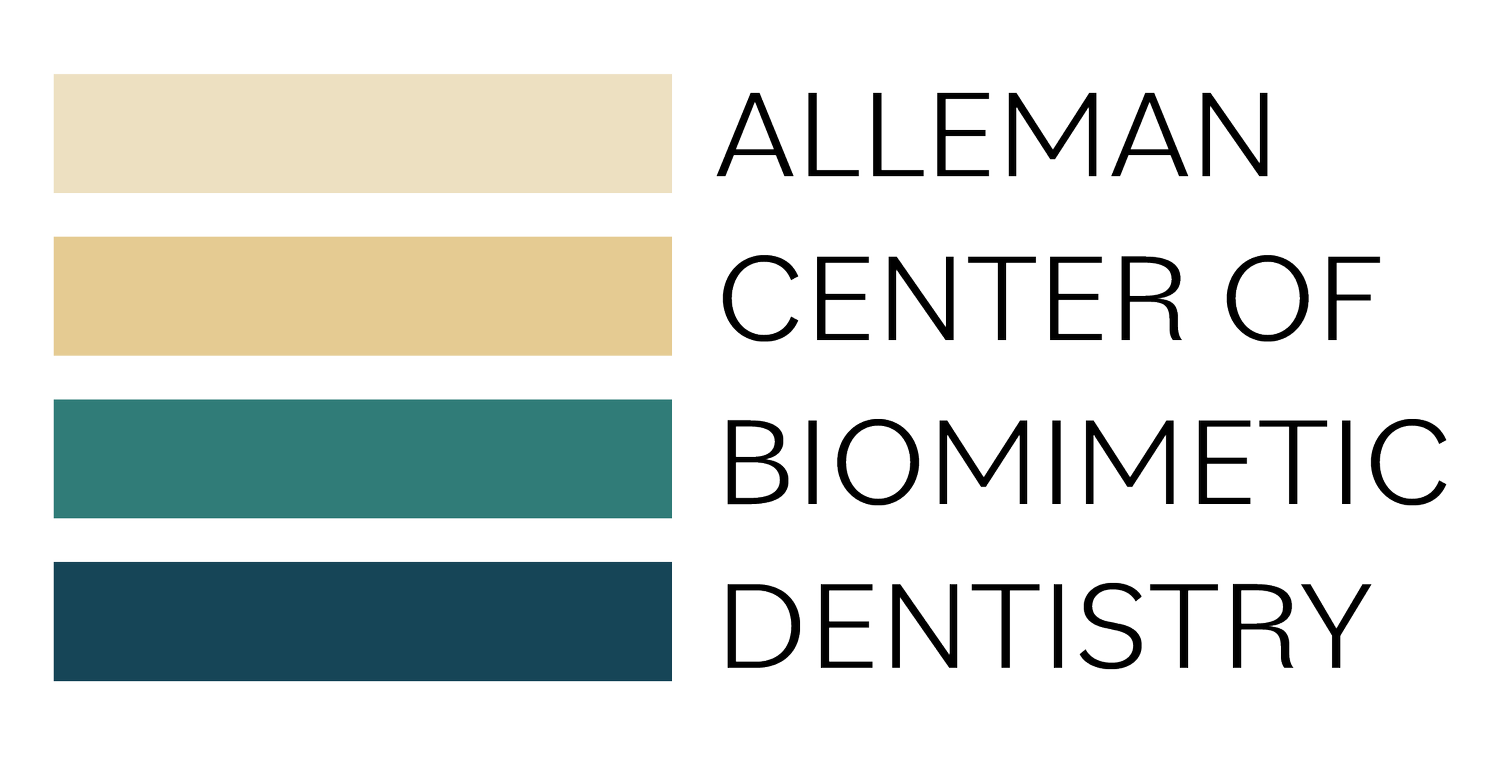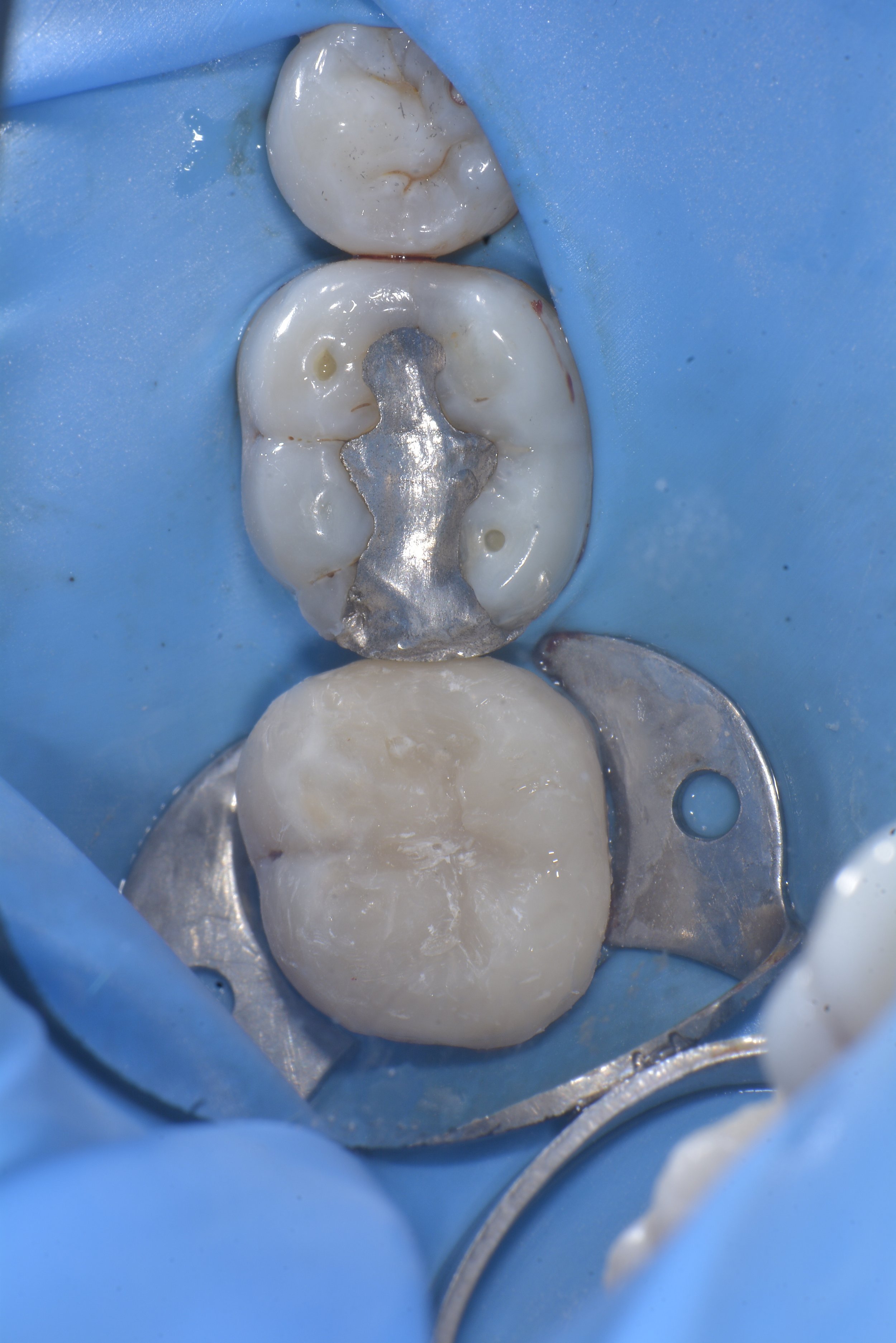Art, Science and Dentistry
Many students are drawn to the field of dentistry because of how it combines science, art and helping patients. Honing your skills in both the scientific and artistic elements of dentistry can greatly contribute to professional satisfaction, and your work in these areas can set you apart as a practitioner. Art in dentistry is inspired by natural teeth, so, naturally, biomimetic dentistry offers a scientific foundation for the artistic aspects.
Science is objective. Art is subjective. Dentists should know how best to use both.
Art: What should be subjective in dentistry
Prep design
Doctors have a number of options when preparing the teeth during a restoration. While deciding between direct, indirect and the materials for the restoration can depend on a number of factors — structural integrity of the tooth, patient financial limitations, etc. — your preference as the practitioner is a contributing factor. As you weigh your options, factors include the severity of caries and cracks the patient presented with, and that’s where a scientific outlook comes in.
A beautiful finished tooth is a nice photo, but the steps along they way are what ensure a long-lasting, symptom-free restoration.
Science: What should be objective (reproducible) in dentistry.
Caries treatment and removal
Removing caries shouldn’t be left up to chance. Leaving caries in the peripheral seal zone can weaken your bond strength and removing too much caries can result in a pulp exposure. By just using a tactile approach, you risk both. Use caries detector dye and exact measurements to ensure you are properly treating caries (Alleman, Magne. A Systematic approach to deep caries removal end-points: The peripheral seal concept in adhesive dentistry, Quintessence International 2012; 43: 197-208.).
Crack treatment and removal
Just like the pathology of caries, the pathology of cracks should be treated with a measured and reproducible approach. Cracks left under a restoration can lead to pain on biting, a weakened tooth structure and even tooth loss. Use the same peripheral seal zone concept and high magnification to ensure you are treating cracks in a way that will create predictable, symptom-free outcomes.
A biobase created by Dr. Davey Alleman, DMD
Art: What should be subjective in dentistry
Shade matching and blending
Blending a restored tooth into a patient’s natural smile takes time and practice. Especially with anterior teeth, patients want their smile to look cohesive. Thankfully biomimetic dentistry gives doctors shade matching options while adhering to minimally invasive protocols, so whether the treatment is aesthetic or to treat a pathology, with biomimetic dentistry, the patient’s healthy smile is being preserved while you work to create the smile they want.
Aesthetics
Aesthetics are often a large factor in what patients choose to do with their smile but it doesn’t need to come at the cost of overall oral health. Doctors now have the option to offer minimally invasive veneers so patients can conserve healthy tooth structure while achieving their desired smile. Biomimetic techniques allow your hard work of crafting a beautiful smile to stay functional and healthy long-term.
Science: What should be objective (reproducible) in dentistry.
Bonding systems
Not all bonding systems are created equal. To make sure your hard work in crafting a restoration stays functional and bonded, look for a 3-step total etch and rinse or 2-step self-etch adhesive like OptiBond FL or Clearfil SE Protect. When paired with biomimetic restorative techniques that do not stress the hybrid layer, these bonding systems protect the tooth’s vitality and have been shown to stay bonded for 20 years and counting.
Just as honing your artistic skills as a dentist can improve your restorations, knowing when to use a more measured and objective approach can do the same. By using biomimetic techniques to achieve objective, reproducible outcomes, you have the added confidence of knowing your restorations will consistently last longer without symptoms.
Combining art and science allows dentists to restore teeth in a way that truly mimics a natural tooth.


